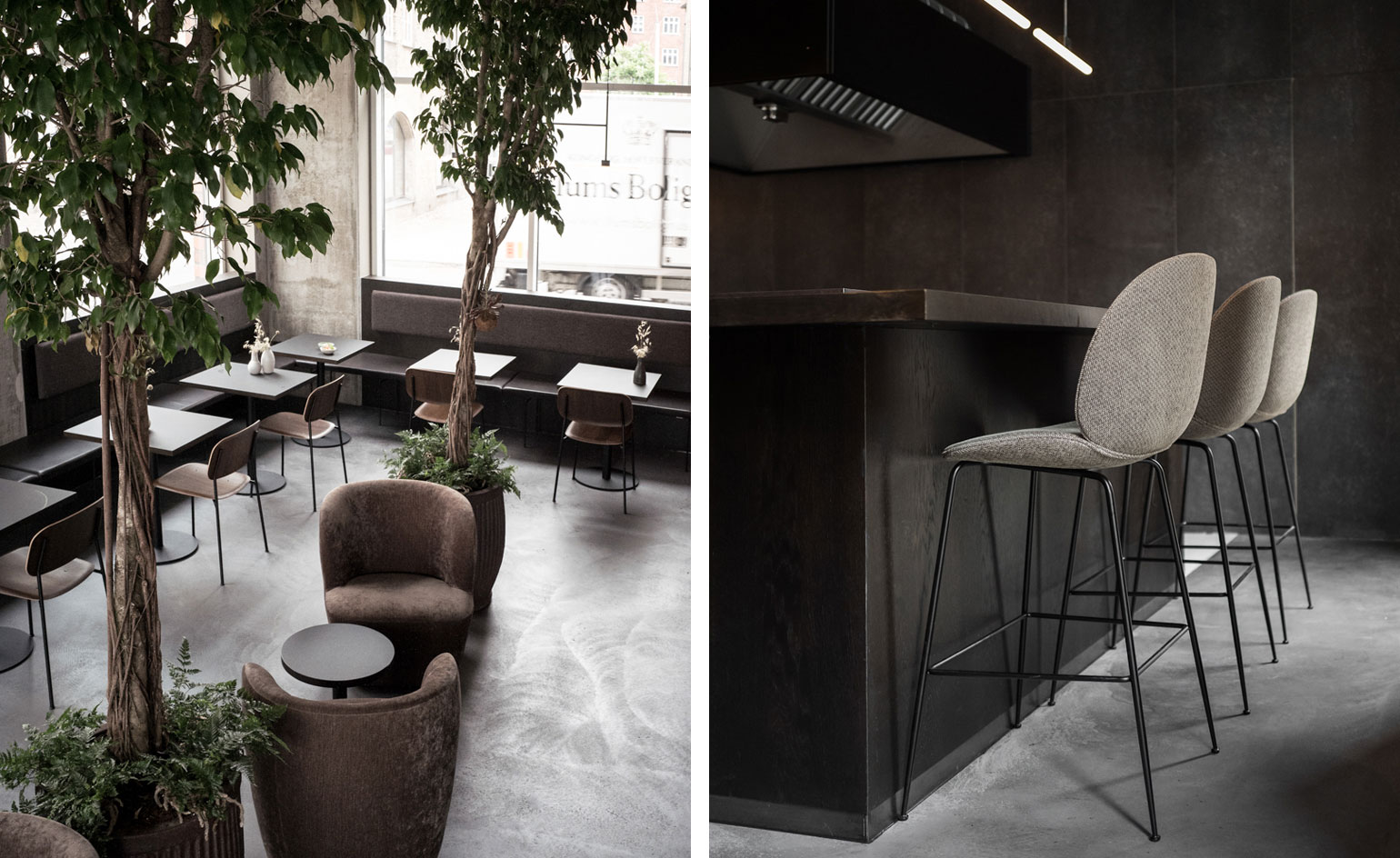
Nærvær's culinary ambitions outstrip its diminutive size. Parked on the edge of a canal in Copenhagen’s picturesque Christianshavn – an old quarter dating back to the 17th century that now sports an eclectic and artistic bent – the bijou twelve-seater is the setting for chef Yves Le Lay’s engaging degustation dinners.
Tasked with both architecture and interior design, Norm Architects have swathed the dining room with raw concrete walls, the otherwise industrial vibe softened with tall potted trees, slender bar lamps, timber slatted screens, and warm dark-stained wood.
Le Lay’s locally sourced and seasonal menu, meanwhile, is based on classical French with mild Asian touches, to wit, a satay of Danish black lobster, venison stuffed with morels and violet asparagus, and North Sea turbot baked with chopped oysters and grilled red spring cabbage. The best seats in the house are by the window with views of the harbour, and the dome of the Marble Church.
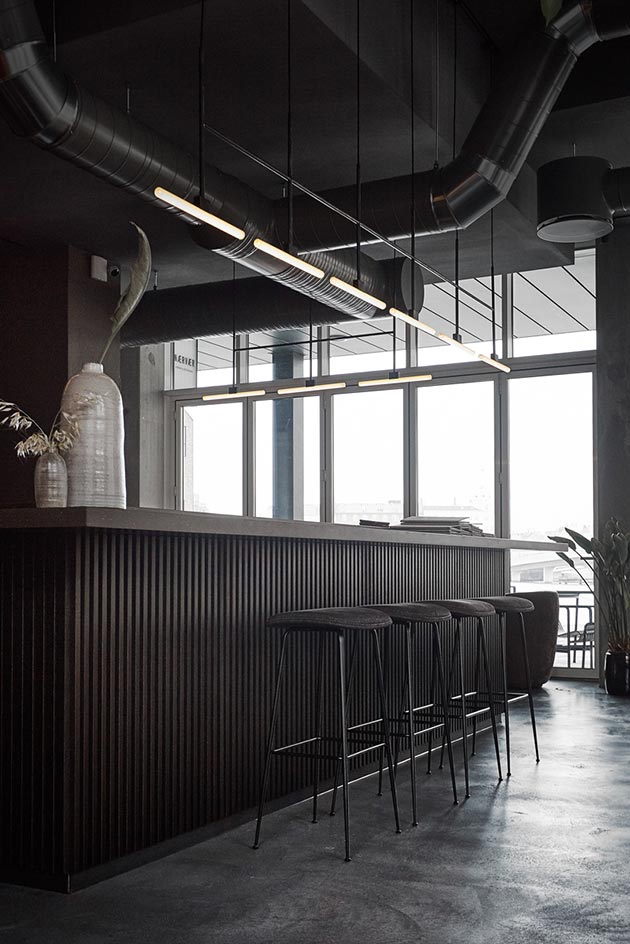
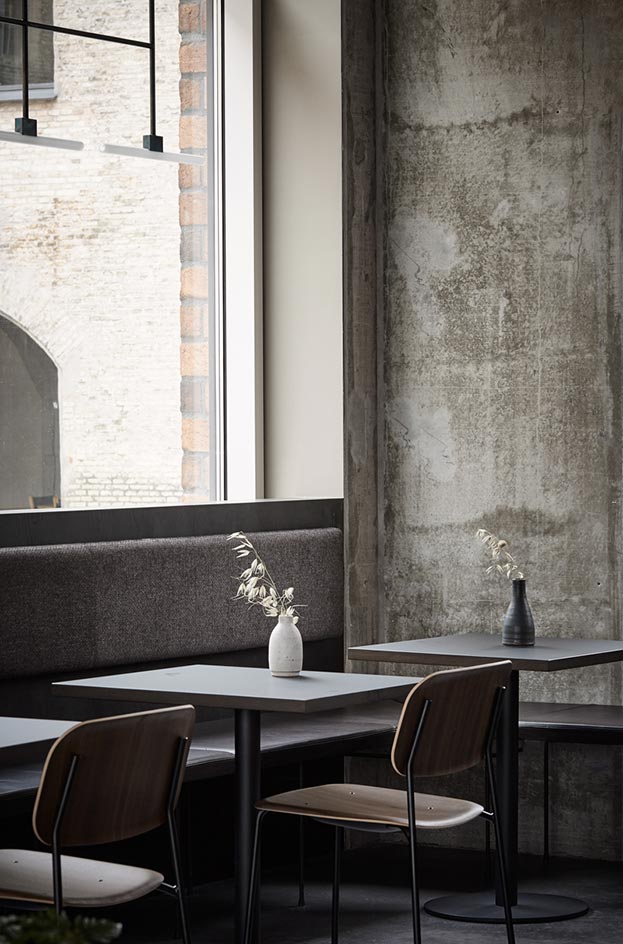
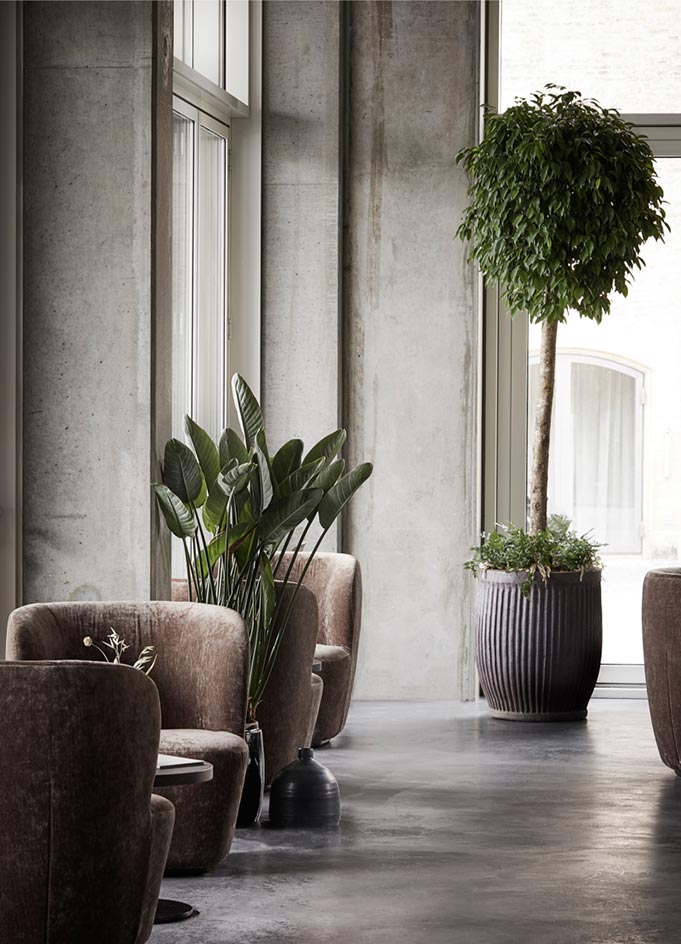
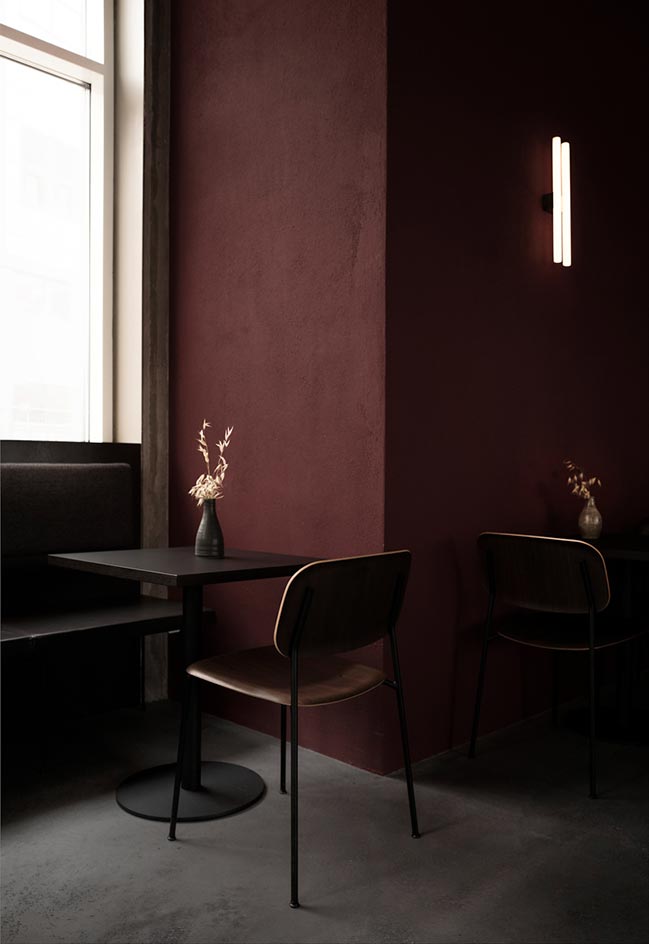
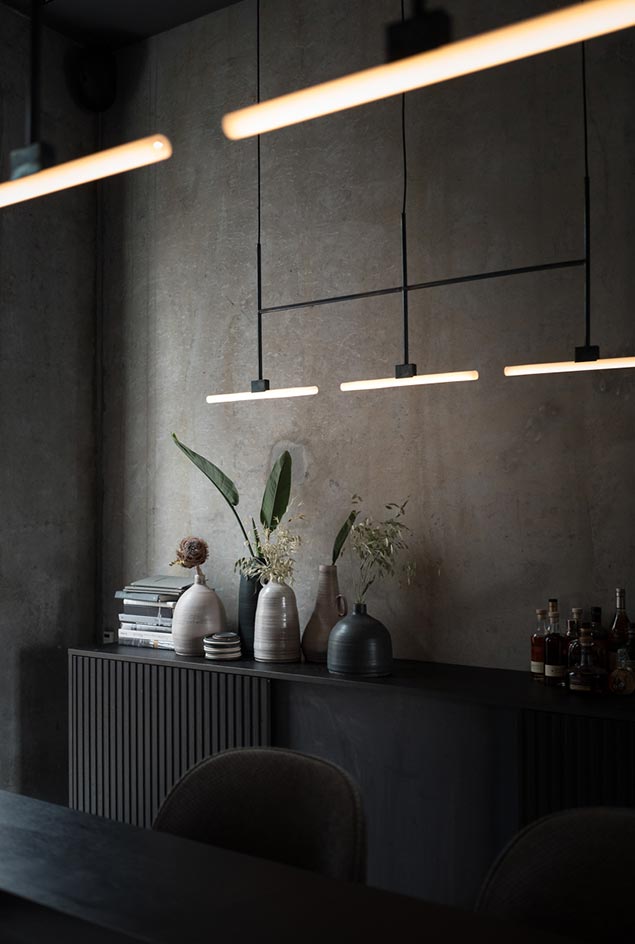
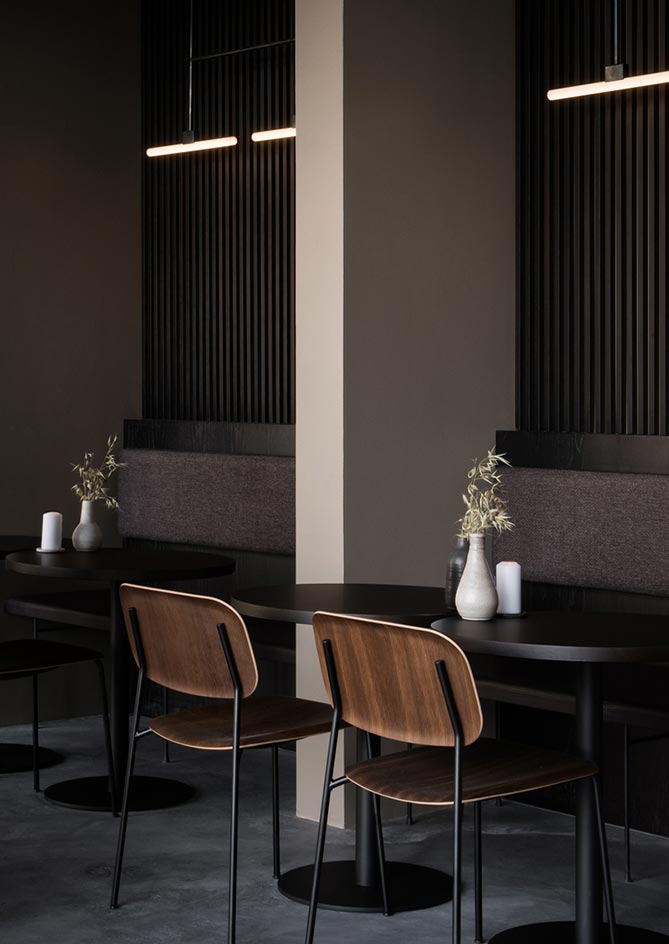
ADDRESS
Strandgade 87c st
Receive our daily digest of inspiration, escapism and design stories from around the world direct to your inbox.
Daven Wu is the Singapore Editor at Wallpaper*. A former corporate lawyer, he has been covering Singapore and the neighbouring South-East Asian region since 1999, writing extensively about architecture, design, and travel for both the magazine and website. He is also the City Editor for the Phaidon Wallpaper* City Guide to Singapore.
-
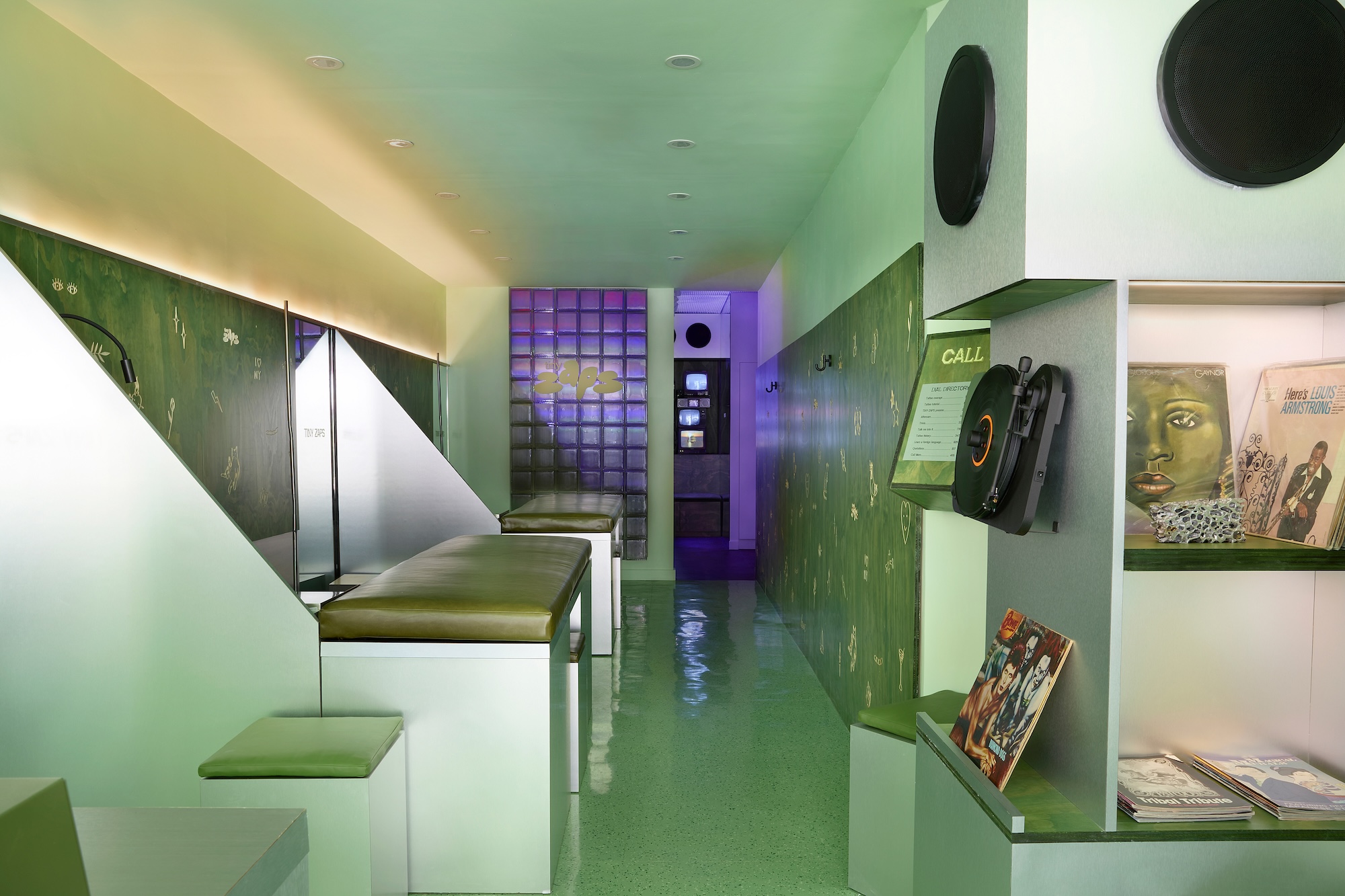 Terrified to get inked? This inviting Brooklyn tattoo parlour is for people who are 'a little bit nervous'
Terrified to get inked? This inviting Brooklyn tattoo parlour is for people who are 'a little bit nervous'With minty-green walls and an option to 'call mom', Tiny Zaps' Williamsburg location was designed to tame jitters
-
 Let’s hear it for the Chopard L.U.C Grand Strike chiming watch
Let’s hear it for the Chopard L.U.C Grand Strike chiming watchThe Swiss watchmaker’s most complicated timepiece to date features an innovative approach to producing a crystal-clear sound
-
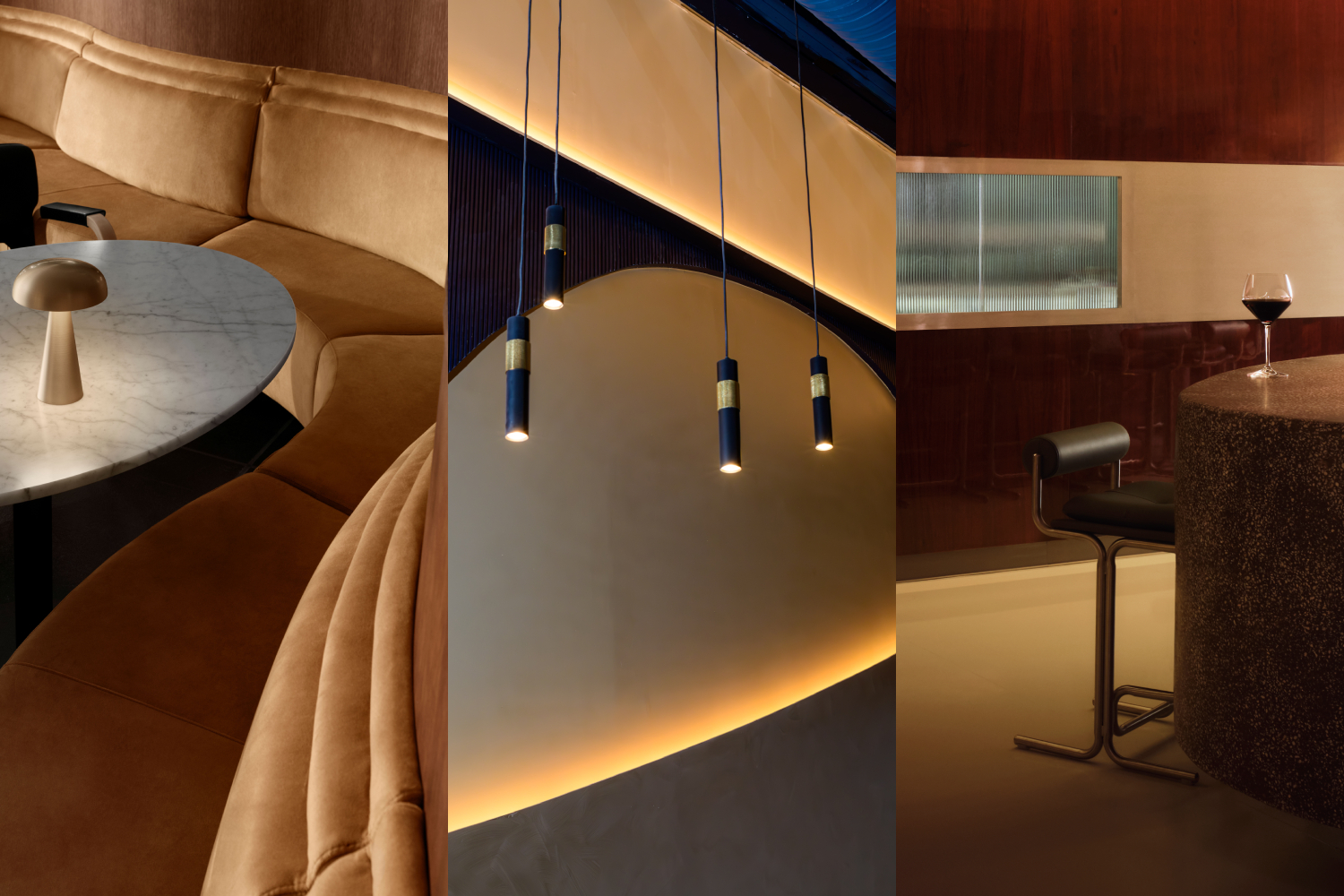 Form... and flavour? The best design-led restaurant debuts of 2025
Form... and flavour? The best design-led restaurant debuts of 2025A Wallpaper* edit of the restaurant interiors that shaped how we ate, gathered and lingered this year